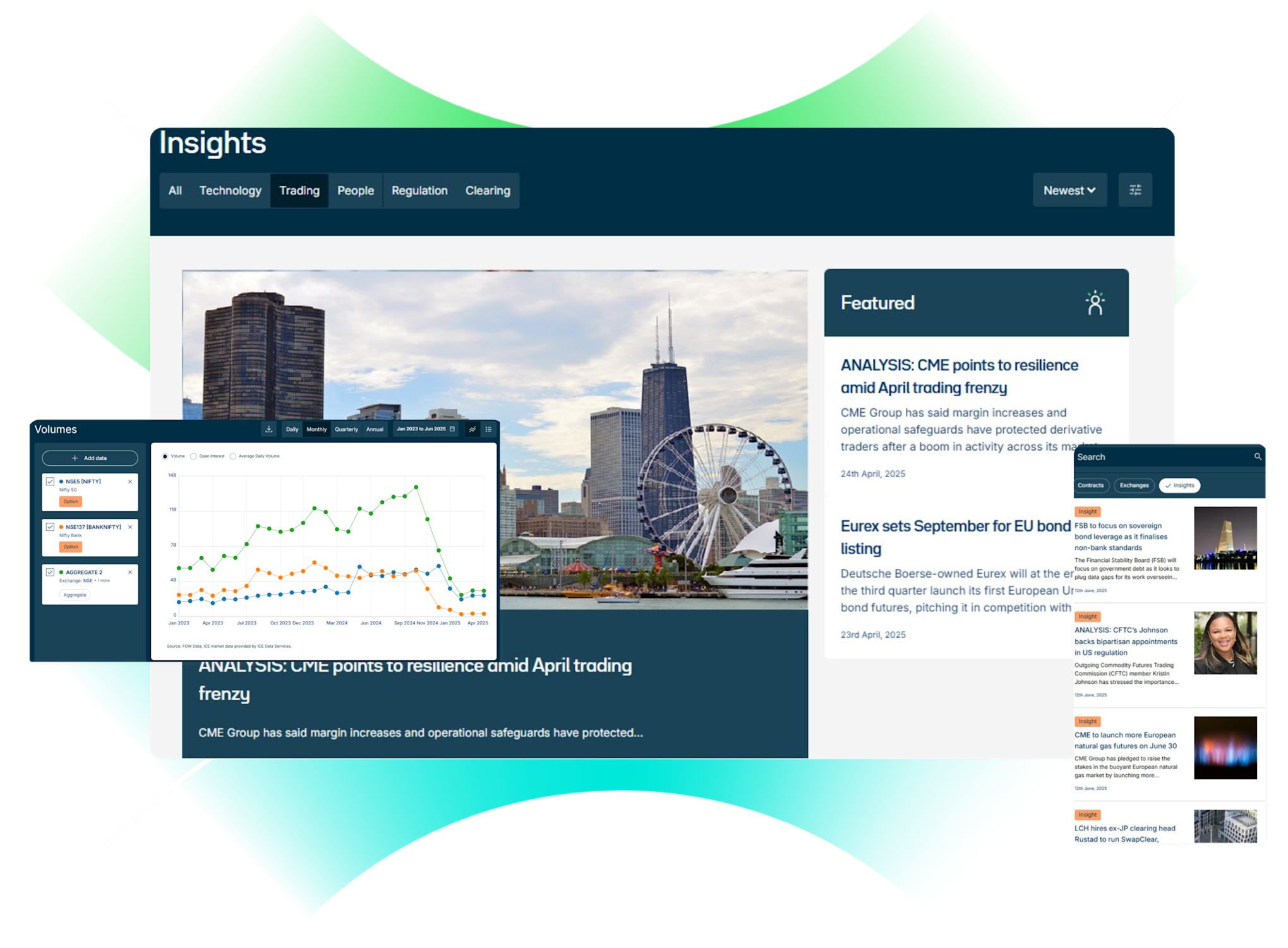
Newsletter service will resume on January 2, while news coverage will pause for the year from December 25
Lorem ipsum dolor sit amet, consectetur adipiscing elit. Donec neque eros, consectetur ut dignissim et, ultrices ac enim. Fusce venenatis dolor ex, vitae rhoncus dolor sollicitudin vel. Quisque eget dui magna. In accumsan, ex a ultrices bibendum, nulla lectus molestie enim, id elementum leo enim eget ligula. Quisque lorem nulla, venenatis et est nec, commodo aliquam metus. Donec sit amet nulla molestie, pharetra ligula ut, auctor ante. Morbi suscipit diam quis eros porttitor elementum. In volutpat vitae lacus id laoreet. Nunc dictum massa sed condimentum sollicitudin. Aliquam nisl orci, facilisis at interdum sed, vestibulum sit amet dui. Phasellus hendrerit elit magna, ut suscipit metus efficitur vel.
Nam quis hendrerit eros, id fermentum lorem. Curabitur bibendum ante quis convallis cursus. Donec et nisl leo. Maecenas tempus sed velit in pellentesque. Nulla sit amet dapibus magna. Quisque sollicitudin scelerisque fringilla. Duis a tempor ante. In eget sodales orci, nec dignissim lorem. Ut pharetra libero in sem feugiat molestie. Praesent purus lacus, elementum mollis neque a, pretium posuere eros. Nam sit amet vulputate sapien, in porttitor nisi. Mauris tristique ut velit vitae fermentum. Morbi at justo leo. Maecenas libero ipsum, lacinia vel semper ac, sodales auctor erat. Integer sit amet ex consectetur, gravida nisi eu, mollis enim. In finibus augue quis tellus varius mollis.
Vivamus dictum, ex ut vulputate iaculis, sem ipsum cursus tortor, a suscipit ligula nunc et tellus. Proin egestas sollicitudin mi, ut varius urna posuere quis. Etiam vitae luctus lacus. Praesent consequat maximus dolor quis ultrices. Maecenas efficitur mauris a maximus ultricies. Ut ut pellentesque lacus. Sed nibh nisi, convallis dapibus lacinia et, sagittis pretium odio.
Proin ac metus ut eros tincidunt sollicitudin. Pellentesque habitant morbi tristique senectus et netus et malesuada fames ac turpis egestas. Aliquam at erat elit. Phasellus leo neque, vestibulum et justo at, rutrum blandit magna. Nam vestibulum ultrices commodo. Vivamus non tortor a risus blandit sollicitudin at vitae lectus. Vestibulum consequat, augue id molestie hendrerit, est nisi laoreet nisl, ac tincidunt ante enim sit amet sapien. Ut quam lorem, pretium ac purus id, pretium pellentesque lacus. Curabitur pretium consequat ex, cursus dapibus orci consectetur non. Pellentesque laoreet fermentum eleifend.
Mauris aliquam tempus diam, eu vehicula metus porta quis. Etiam vitae accumsan mi. Curabitur dictum rhoncus imperdiet. Donec justo ex, ultrices nec consequat sit amet, ultricies et mi. Maecenas egestas tincidunt turpis, at commodo erat iaculis in. Integer a sem lobortis, cursus elit et, efficitur felis. Aliquam mauris leo, vestibulum id erat vitae, vestibulum suscipit turpis. Proin lacus risus, elementum eget congue ut, luctus a arcu. Suspendisse potenti. Vestibulum hendrerit ex ut elit dapibus, quis congue nunc pretium. Pellentesque habitant morbi tristique senectus et netus et malesuada fames ac turpis egestas. Nullam quis nunc in dolor accumsan elementum.
Unlock This Article and More with a Free Trial
- ✔ Gain actionable insights into futures and options markets
- ✔ Access real-time volumes data from 100+ exchanges
- ✔ Get expert analysis to inform trading decisions
- ✔ Trusted by financial professionals for 25+ years
Already have an account?Log in



